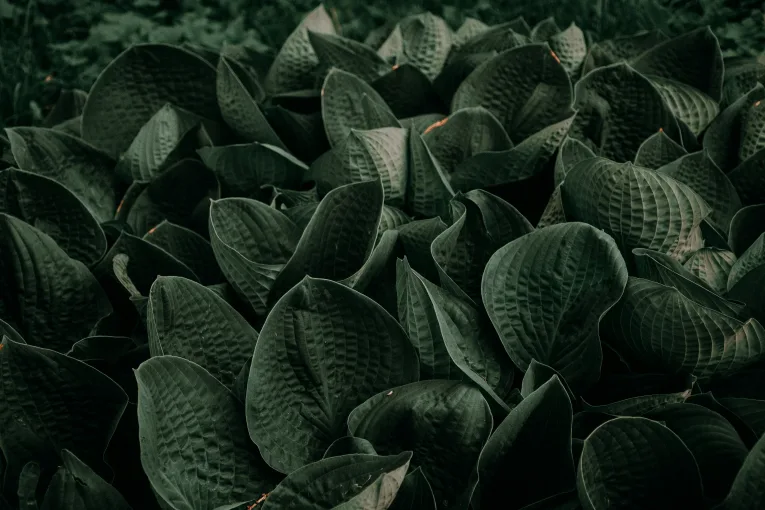She’d already been gone over a month by the time the August edition of All Of Us Or None slid into my pod at Valley State Prison (VSP) and gave me reason to stop my EBSCO search, close my laptop and stare over the razor wire toward where that other human warehouse across the street is holding one less captive at Central California Women’s Facility (CCWF). Relying on my more than three decades of experience in how prisons function in California, I wondered about Adrienne Boulware’s final moments. One of our flowers died what seems a most avoidable heat-related death.
Reading Alissa Moore’s plea for stricter scrutiny of the inner workings of how a prison automatically twists away from accepting culpability after a confined citizen, dependent upon the state for safety and health, passes away, reminded me of the “blows” Gwendolyn said we would receive as she called for all of us to develop “a cultivation of strength in the dark.” All I could do was stare with soft focus past the geese flying off-yard and imagine how in those final moments of dehydration and fatigue, Adrienne became the embodiment of the”hot paralysis” too often permitted to happen “under the wolves and coyotes of particular silences.”
Reading the work of a journalist like Alissa who has stood for count assert the caretaking of the humanity lost at the hands of the leviathan made me think about how this people-powered action work of civic engagement – this thing we call carceral journalism – becomes a way for us to communally deliver those “long blows that you want to give,” as we collectivize to resist “what wants to crumble you down, to sicken you.” We need only recall the wave of senseless Covid deaths at San Quentin to be reminded of just how little regard for human life this beast has for those swimming in its belly.
Allow me to say the quiet part out loud: there are too many nonprofit operators postured within this arena of quasi-media that passes for journalism who like to lay claim to the carceral state territory in service of their grant-chase society aims, at the expense of the stakeholders generating the content they rely upon. There also isn’t any freedom in the newsrooms that get stood up by prisons who erect newspapers, no matter how much they try not to appear as stenographers for the state. Outlets like the Vanguard, The Marshall Project, College Inside and All Of Us Or None represent a fraternal order of rare agency and truth that questions power by centering the human rights struggles encountered by those subject to that power.
If the San Quentin News never interrogates the history of how its first Warden James Estell coordinated the cell-extraction of two Black teen youth offenders imprisoned there in the early 1850’s and carried out a for-profit kidnapping plot to transport them to New Orleans, with the help of an elected member of Congress, where he had them placed and sold on the slave trade auction block into a life of servitude and torture for $1,000, is it really an honest broker doing news, examining the legacies of the state’s carceral roots, or confronting what should be fodder for any conversation about reparations?
Troy Williams, who used to produce a radio program while housed at San Quentin told Mother Jones’ Jamilah King “there’s no investigative journalism in prison.” Ryan Moser, who used to write for his Florida prison’s newspaper told NPR’s All Things Considered about how authorities there routinely killed his stories. Like tides over sand, our testimonies remain lost and our passings stay forgotten if we don’t harness the tools that convey uncensored truth. These journalists attest to the darkness that hovers over our garden blocking out the sun, shading the freedom of speech and wilting the flowers of possibility.
Let us be a boomerang. Let us hold hands and form a circle around our communities so that we might speak in chorus about those things unseen by and unexplained to a public that often doesn’t care enough to look or listen. Let us empower Carmela “Good” Mose to write about carceral life at CCWF the way Cynthia Gonzalez talks about it on air in Colorado for Denver Women’s Correctional Facility’s Inside Wire radio show. Voices that speak and pens that push become the blows we can give for those who can do neither.
When Reginald Dwayne Betts travels to CCWF this September to screen Titus Kaphar’s film and deliver more Freedom Libraries, I hope the residents there look into those cameras that will accompany him and lift up Adrienne’s memory though the weather is just beginning to turn itself down. We are about to enter the season that invites the exhales to snitch on nervousness. Speeches and handbills aren’t always enough to change things. Sometimes we need to go digital.
Ours is a social justice platform uncensored by state minders that crouches in a ready stance to amplify those with unique testimonies and perspectives our 2.2M readers need to be exposed to. In the coming weeks I will appear on the Everyday Injustice podcast hosted by our platform’s publisher David Greenwald. I hope TaSin Sabir, Jesse Burleson and Alissa at the All Of Us Or None Newspaper tune in. I invite you all to pollinate this ground in collaboration. Let us aggregate the crops we are farming. Thank you for the breadth and stakeholder inclusion of your publication’s work.
Gwendolyn would be proud.
* Alissa Moore is a former lifer working as a Re-Entry Coordinator for Legal Services for Prisoners with Children (LSPC). Her piece Was Her Heat Related Death Preventable? appears in the August/2024 edition of the All Of Us Or None Newspaper, published by LSPC, a grassroots organization serving formerly and currently incarcerated people and their families. (www.prisonerswithchildren.org)

